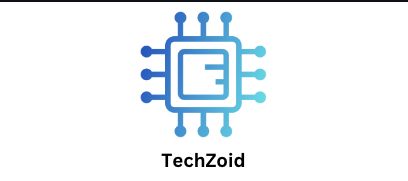Cupping Massage History
Cupping dates back over 3,000 years to ancient Egyptian, Chinese, and Middle Eastern writings. Cupping was used in ancient Chinese medicine to balance “qi” or life force and eliminate obstructions that caused sickness or discomfort. The Ebers Papyrus, one of the world’s earliest medical manuscripts, recounts cupping as a treatment for many diseases in Egyptian civilization. Over the ages, animal horns and bamboo cups have given way to glass, silicone, and plastic cups, making the therapy more effective and accessible.
How Cupping Massage Works
Cupping massage creates suction using specific cups on the skin. This gentle suction elevates the skin and underlying tissues, increasing blood flow, relaxing tight muscles, and promoting natural healing. Cupping massage includes sliding cups down the skin, unlike regular cupping. This method combines cupping and massage to provide deeper relaxation. The suction may be adjusted to fit the patient’s comfort and demands, making it adaptable.
Variety of Cupping Techniques
Each cupping massage method has its own therapeutic benefits. The most frequent method is dry cupping, where suction holds the cups for several minutes. Hijama, or wet cupping, draws blood from tiny skin incisions to eliminate toxins. Oil or lotion on the skin lets the therapist move the cups across muscle groups during massage cupping. Since it lets therapists adjust suction and reposition cups gently, silicone cupping has grown in popularity.
Health Benefits of Cupping Massage
Cupping massage is popular for its many advantages. Relief from back, neck, and muscular discomfort is one of its main benefits. By increasing blood flow, cupping reduces inflammation and speeds recovery after exercise. A session often leaves patients feeling thoroughly relaxed and stress-free, improving mental health. Cupping may also aid detoxification, improve skin circulation, and relieve respiratory disorders including coughs and asthma. Although scientific data is still increasing, traditional knowledge and current users tout its benefits.
A Cupping Massage Session: What to Expect
Cupping massages begin with a consultation when the therapist examines the client’s needs and explains the method. Massage oil lubricates the skin to make cups glide smoothly. The therapist inserts the cups on particular body parts and creates suction with a pump or heat. The cups may tug or stretch the skin, which is relaxing rather than unpleasant. Circular markings or slight redness may occur on the skin after the session, although these dissipate within a few days. Increased circulation causes these markings, which are harmless.
Safety Concerns and Care
Cupping massage is typically safe, but not for everyone. Before therapy, pregnant women, people with skin infections, bleeding disorders, and bleeding disorders should visit a doctor. A professional and experienced practitioner should perform cupping, as poor procedures might cause skin irritation or pain. First-time cuppers should start with lighter suction to measure comfort.
Conclusion
Cupping massage is an intriguing mix of old and modern wellness remedies. Its comprehensive approach to health and healing uses suction to increase blood flow, relax muscles, and relieve stress. Cupping massage draws those seeking natural, effective treatments for pain, tension, and rejuvenation. It may not be a one-size-fits-all answer, but with direction and care, it may enhance one’s self-care and health regimen.
